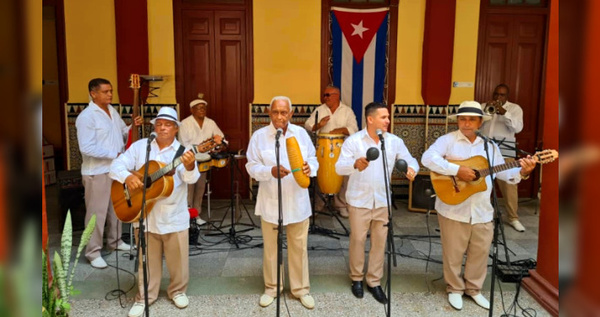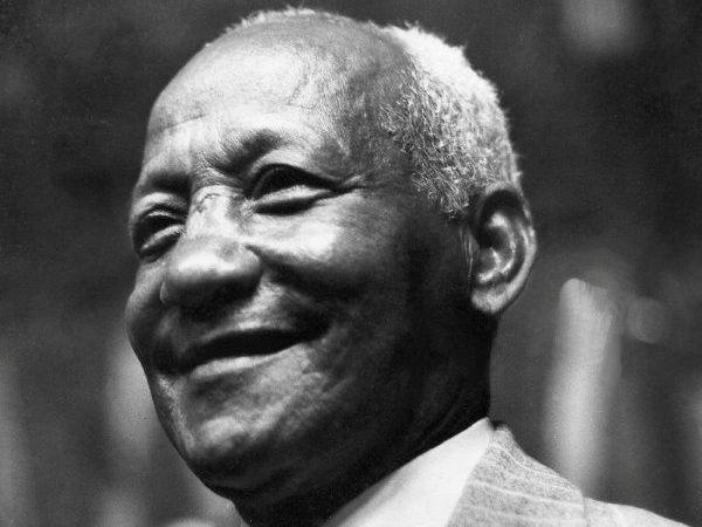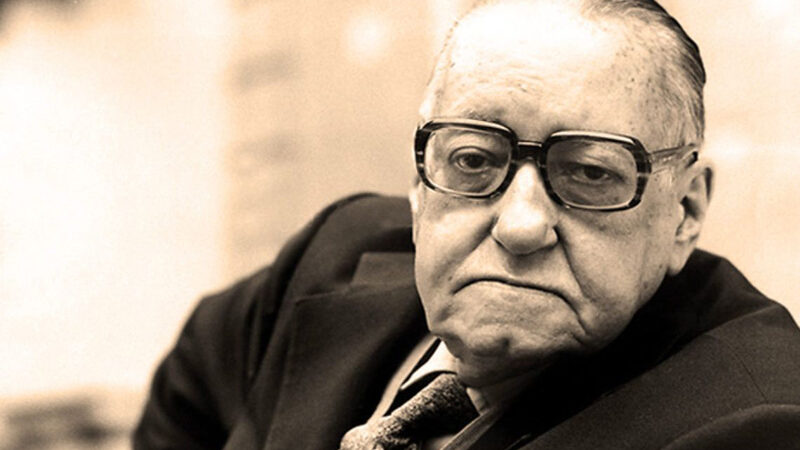The Sublimity of Cuban Music

«The son is the most sublime, to entertain the soul / one should die who does not esteem it as good,» asserts the song «Suavecito» by Ignacio Piñeiro. However, there’s no need to be so drastic, although, of course, it’s just a metaphor.
The truth is, that rhythm, as Cuban as the royal palm or the colorful tocororo bird, is something exquisite, glorious, unique, without diminishing the merit of other native musical genres such as the danzón, the bolero, or traditional trova music.
Except for the Matanzas danzón, the others incubated in the eastern region of Cuba, where it’s said the sun shines warmer.
Many of the icons of traditional Cuban music were born there. However, as an exception, the author of «Suavecito» is from Havana.

Piñeiro didn’t limit himself to composing sones either; his prolific inspiration allowed him to successfully venture into the song, the conga, the guaguancó, the guaracha, the pregón, the rumba, and even Christmas carols.
The Cuban son is a genre sung, instrumental, and danceable, which, according to popular saying, only requires the space of a brick to dance it.
It constitutes one of the basic forms within Cuban music, where elements of Bantu and Spanish music are present, amalgamated with local flavor.
Its emergence, with its most recognized structure, is established in rural areas of the current provinces of Guantánamo, Santiago de Cuba, and Granma, at the end of the 19th century, although it is known that already in the 16th century the «Son de la Ma Teodora» was sung.
In 1892, the tres player of Haitian origin Nené Manfugás took it out of the mountains and brought it to the carnivals of Santiago de Cuba.
Originally performed by small format groups, with six or seven members, it made a rhythmic leap when it was assumed by the so-called French charangas and when some elements of jazz were integrated into it, although it is also present in the repertoires of other formats such as trios and quartets; let’s remember, for example, the Matamoros trio.
From the son, several rhythms have derived, such as salsa or timba, and others have incorporated some of its melodic elements.
Due to its relevance in Cuban culture, in September 2012, it was declared Cultural Heritage of the Nation and is currently in process for inclusion as Intangible Cultural Heritage of Humanity, a well-deserved position in that designation of cultural elements.
So, dear reader, keep dancing the son «in just a little brick,» while singing softly, in the ear of your partner, «Suavecito is how you enjoy it more.»
Translated by Luis E. Amador Dominguez



